
Last Updated At: 07-Feb-2025
Mangrove Forests in India - Explore Nature's Coastal Wonders
In India, the mangrove forests are distributed in 9 states and 3 union territories. These mangrove forests in India cover over about 4,97m square kilometers of land. The top 2 states with the highest cover are West Bengal with 2,112 square kilometers and Gujarat with 1,177 square kilometers. The special types of trees and shrubs that thrive in saline and low oxygen conditions are known as mangroves. A variety of wildlife and aquatic creatures make these forests their critical habitats.
Thinking about where you can find the most amazing mangrove forests in India? Let’s find out in this blog!
1. Sundarbans Forest
Widely acclaimed for its excellent biodiversity, Sundarbans mangrove forest is tucked in the Bay of Bengal on the delta of the rivers Ganges, Brahmaputra, and Meghna. It goes through the Khulna division of Bangladesh and India’s West Bengal state. Sundarbans is spread across 10,000 square kilometers of land, and almost 40% of it lies in India. This mangrove forest covers 2,112 square kilometers on the West Bengal side and the rest of the area is covered by canals and creeks. Sundarbans is the largest by area amongst all the mangrove forests in India.
2. Godavari-Krishna Mangrove
Located in the Godavari river delta in the East-Godavari district of Andhra Pradesh, Godavari Krishna mangrove forests are a part of the mangrove ecoregion that stretches along the eastern coast. Situated in the Krishna river delta, the Krishna mangrove spans across two districts of Andhra Pradesh – Krishna and Guntur. One of the most enchanting mangrove forests in India, the Godavari-Krishna Mangroves cover 404 square kilometers of area in Andhra Pradesh.
3. Bhitarkanika Mangroves
Odisha’s Bhitarkanika Mangroves lie in the delta region of Brahmani-Baitarani rivers. Comprising Bhitarkanika Wildlife Sanctuary and Bhitarkanika National Park, these mangrove forests are a part of the larger coastal ecosystem. Spread over an area of 251 square kilometers, it belonged to zamindars (landowners) before the Odisha Government abrogated the zamindari system. Later, the forest was handed over to the forest department. With a total area of 672 square kilometers, Bhitarkanika Wildlife Sanctuary was established in 1975. This sanctuary has mangrove forests, muddy creeks, and mudflats. Declared Bhitarkanika National Park in 1998, the core area of the sanctuary extends over 145 square kilometers. Home to the largest population of estuarine crocodiles in the Indian sub-continent, Bhitarkanika is one of the pristine mangrove forests in India.
4. Gulf Of Kutch Mangroves
The second-largest mangrove forest in India, the mangrove forest in Gujarat covers approximately 1,177 square kilometers of land. The Kutch region is at the top followed by the Gulf of Kutch (16%) with more than 70% mangrove cover of Gujarat state. Commonly known as grey mangrove, Avicennia Marina is the most dominant mangrove species in Gujarat. Visit Marine National Park if you want to explore the mangroves of Gujarat. An archipelago of 42 islands, the forest is situated in the Gulf of Kutch along the Jamnagar Coast.
5. Pichavaram Mangroves
Tucked between the Vellar estuary and Coleroon estuary, Pichavaram Mangrove forest is situated in the Cuddalore district of Tamil Nadu. With numerous islands of varying sizes, this forest is spread over 11 square kilometers of area. Separated from the sea by a vast stretch of the sandbar, this forest attracts many adventure-seeking travelers because of its backwaters of the Vellar and Coleroon rivers. Visitors can indulge in various water activities like canoeing, boating, and kayaking. You can observe spectacular sights of nature as the boat sails through thick canopies of mangroves. It draws umpteen native and migratory birds because of the abundance of mangrove vegetation.
6. Thane Creek Mangroves
Thane Creek Mangroves are distributed across six districts of the Konkan region in Maharashtra - Thane, Mumbai Suburban, Mumbai City, Raigarh, Sindhudurg, and Ratnagiri. With 90 square kilometers of coverage, the second-largest mangroves are in Thane and with 121 square kilometers of coverage, the largest mangroves are in Raigarh. Situated in the vicinity of a hustling and bustling city, it is amongst one of the few mangrove forests in India that is still surviving. In 2015, Thane Creek’s 17 square kilometers long stretch was declared Thane Creek Wildlife Sanctuary. The mangrove covers 9 square kilometers out of the 17 square kilometers of the sanctuary.
7. Baratang Island Mangroves
Baratang Island Mangroves are situated around 100 kilometers away from the capital of Andaman and Nicobar Islands, Port Blair. With a total mangrove cover in the Andaman archipelago standing at 616 square kilometers, it is a part of the North and Middle Andaman administrative district. Around 65 percent of the forest features in the category of very dense mangroves. In the form of pristine beaches, vast mangrove creeks, and mud volcanoes, Baratang is endowed with abundant natural beauty. To reach here from Port Blair, it requires an hour-long boat ride through dense mangrove forests and a road journey of around 3 hours.
8. Chorao Island Mangroves
Home to one of the most beautiful mangrove forests in India, Chorao Island Mangroves are spread along the banks of the state’s major rivers - Zuari, Mandovi, Chapora, Galjibag, Sal, Talpona, and Tiracol. Located in the River Mandovi is Chorao Island, mangroves in Goa are spread across 440 acres and forms Salim Ali Bird Sanctuary on the western tip of the island. To witness the scenic passages flanked by mangroves on both sides, tourists can explore the sanctuary by boat.
Exploring the mangrove forests in India takes you closest to nature and its many wonders. Plan your escape into the wild with Adotrip and book the most economical flight tickets, get the best deals on hotels, and avail yourself of fun-filled tour packages. With us, nothing is far!
Frequently Asked Questions About Mangrove Forests In India
Q1. How many mangrove forests are there in India?
Ans - There are 10 mangrove forests in India spread across Gujarat, Maharashtra, Goa, Karnataka, Kerala, Tamil Nadu, Andhra Pradesh, Odisha, and West Bengal states of India.
Q2. Where are mangrove forests found in India?
Ans - Mangrove forests can be found in Gujarat, Maharashtra, Goa, Karnataka, Kerala, Tamil Nadu, Andhra Pradesh, Odisha, and West Bengal states of India. However, the largest can be found in West Bengal and Gujarat.
Q3. What is the biggest mangrove forest in India?
Ans - Sundarbans Mangrove forest in West Bengal is the biggest mangrove forest in India with around 2,112 square kilometers of area.
Q4. What are some mangrove forests in India?
Ans - Some mangrove forests in India include:
- Sundarbans Mangrove Forests (West Bengal)
- Bhitarkanika Mangrove Forest (Odisha)
- Pichavaram Mangrove Forest (Tamil Nadu)
- Godavari Mangrove Forests (Andhra Pradesh)
- Andaman and Nicobar Islands Mangrove Forests
- Krishna Mangrove Forests (Andhra Pradesh)
- Vembanad-Kol Wetland (Kerala)
- Gulf of Mannar Mangrove Forests (Tamil Nadu)
Q5. Which area of India is mainly covered by tidal forest?
Ans - The Sundarbans region, located in the delta region of the Ganges, Brahmaputra, and Meghna rivers in West Bengal and Bangladesh, is mainly covered by tidal forests. These mangrove forests are characterized by their unique ecosystem, influenced by the ebb and flow of tidal waters, and are home to diverse flora and fauna, including the iconic Bengal tiger.
Q6. Where is the mangrove forest located in India?
Ans - The mangrove forests in India are primarily located in coastal regions across several states, including:
- Sundarbans Mangrove Forests: Located in West Bengal.
- Bhitarkanika Mangrove Forest: Located in Odisha.
- Pichavaram Mangrove Forest: Located in Tamil Nadu.
- Godavari Mangrove Forests: Located in Andhra Pradesh.
- Andaman and Nicobar Islands Mangrove Forests: Located in the Andaman and Nicobar Islands.
- Krishna Mangrove Forests: Located in Andhra Pradesh.
- Vembanad-Kol Wetland: Located in Kerala.
- Gulf of Mannar Mangrove Forests: Located in Tamil Nadu.
--- Published By Vineet Gupta
Latest Blogs
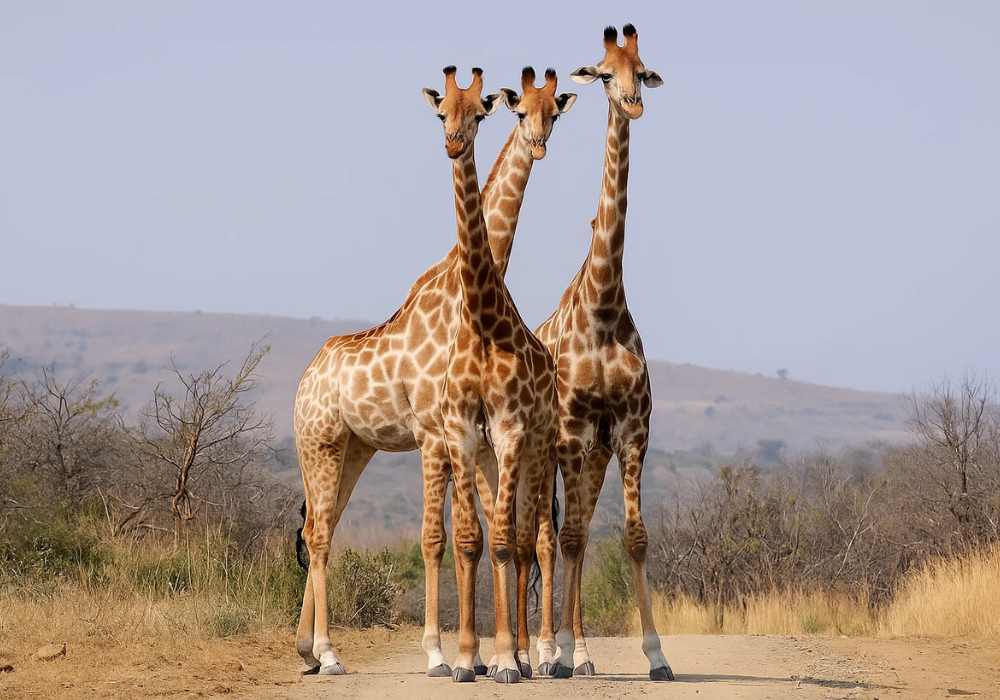
Cash in the Wild: My Safari Adventure Across Kenya with Only...

One Day Picnic Spot Near Pune - Adventure, Trekking and Natu...

One Day Picnic Spots Near Mumbai - Monsoon, Adventure, Beach...
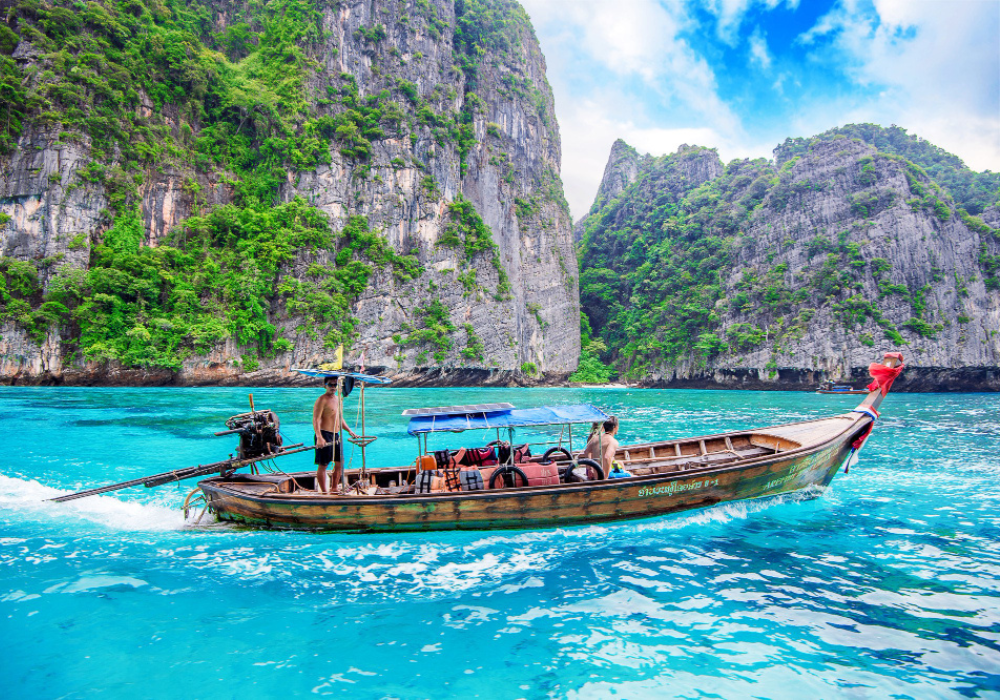
The Best Places to Go in Thailand in 2025
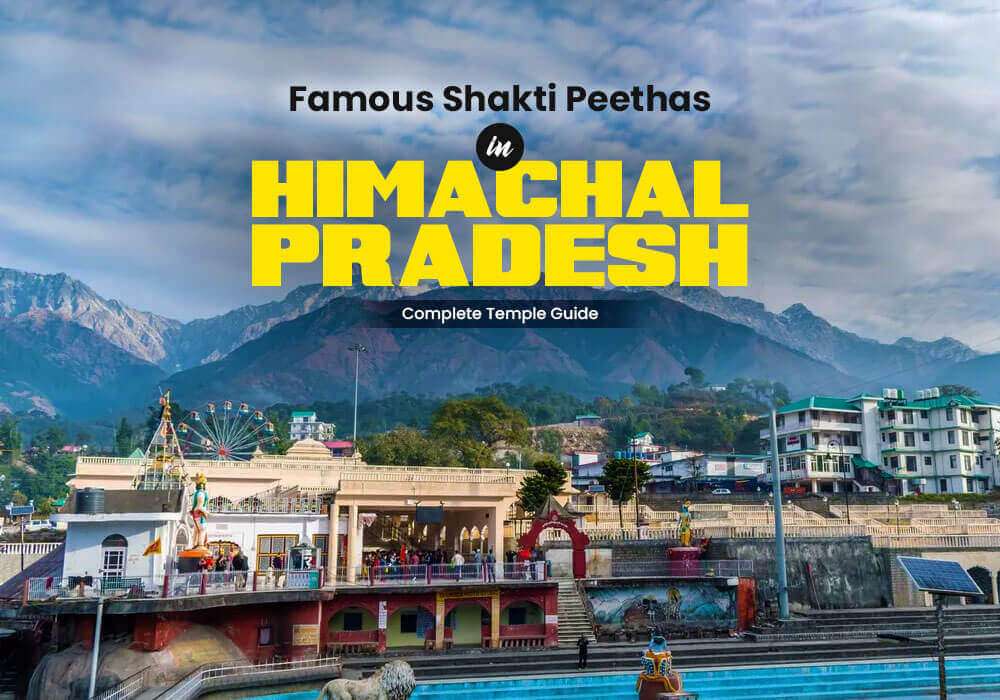


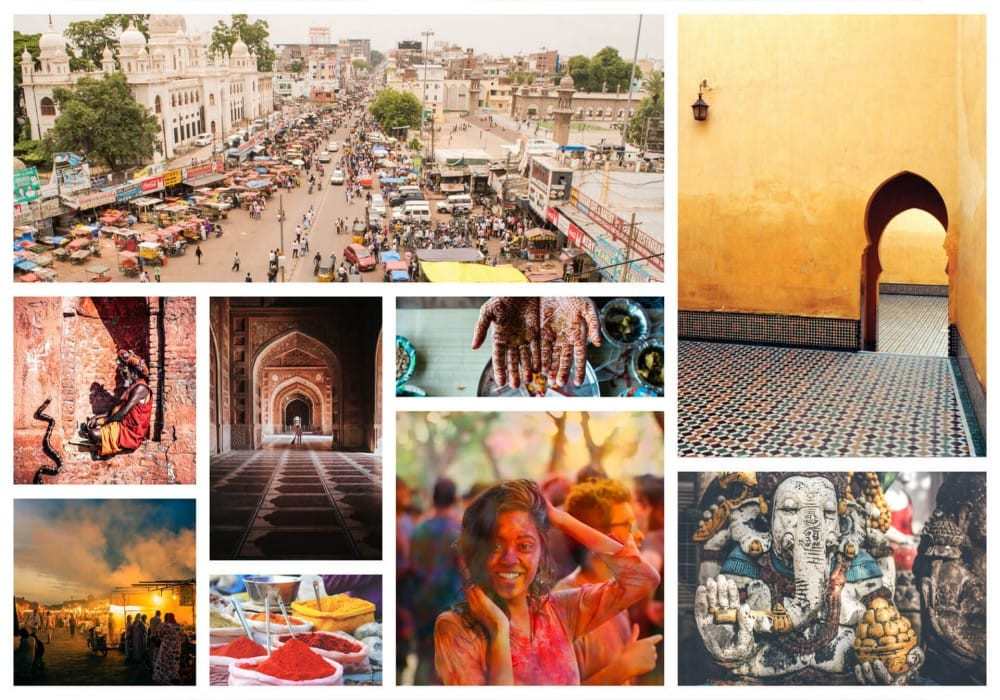



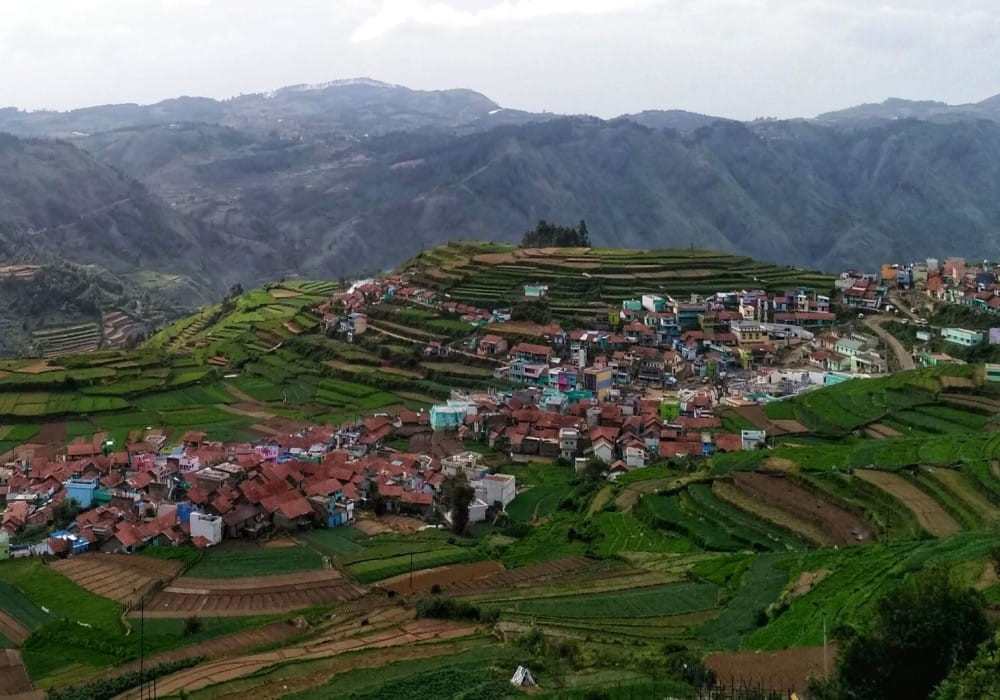
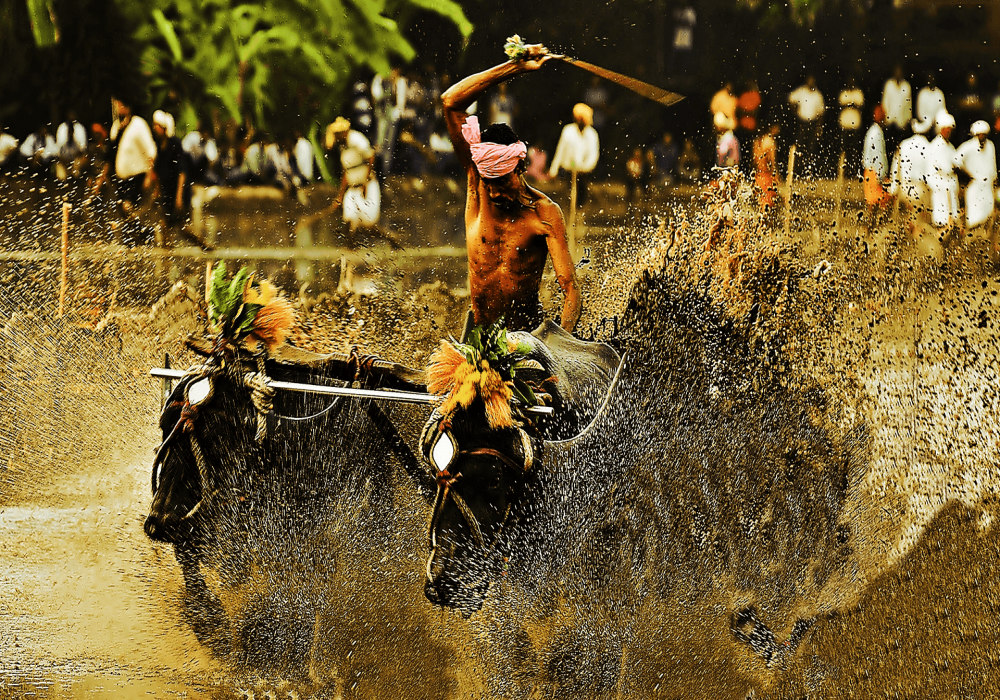
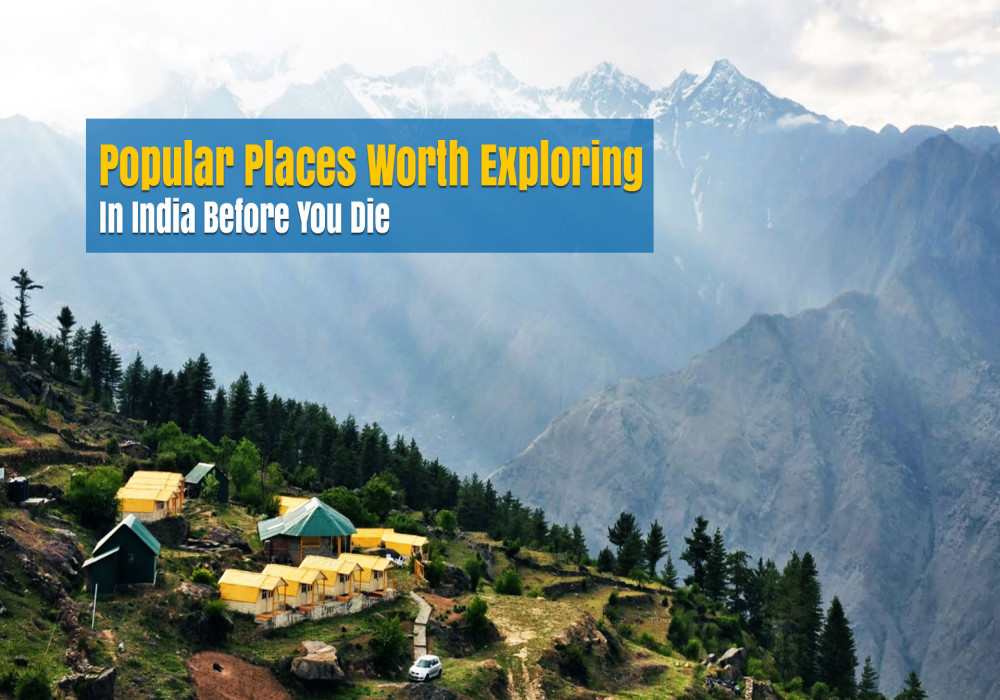
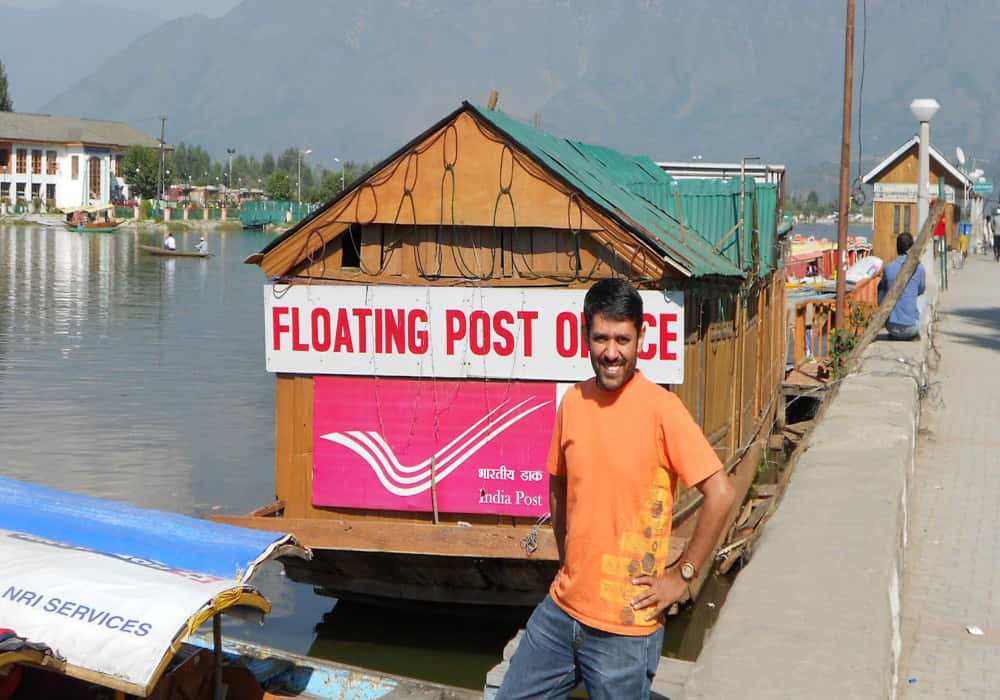
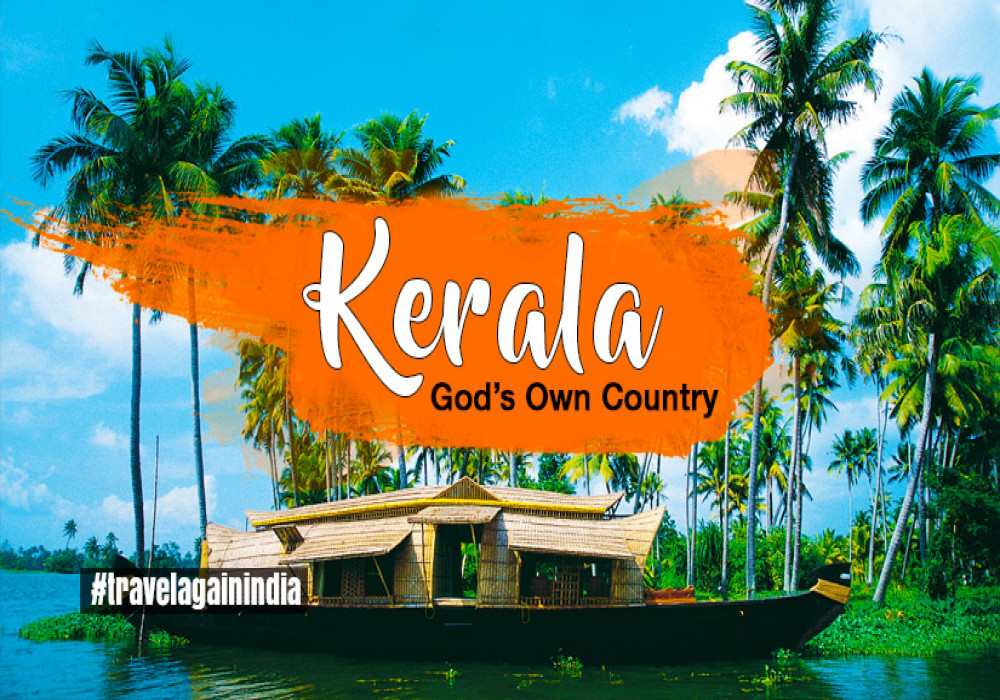
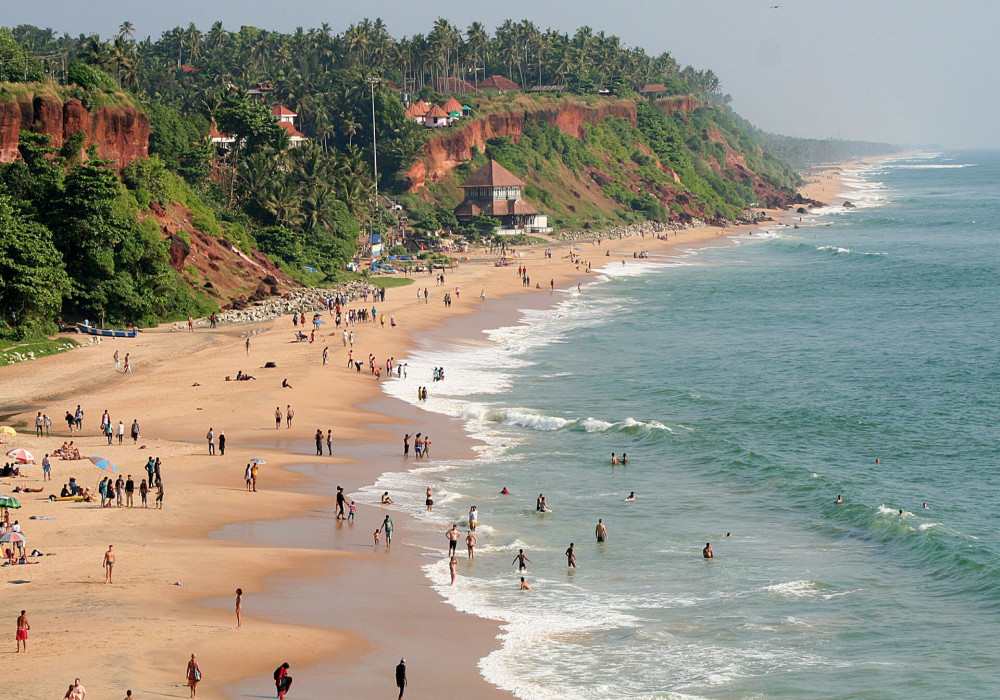
 Dubai
Dubai Malaysia
Malaysia USA
USA





